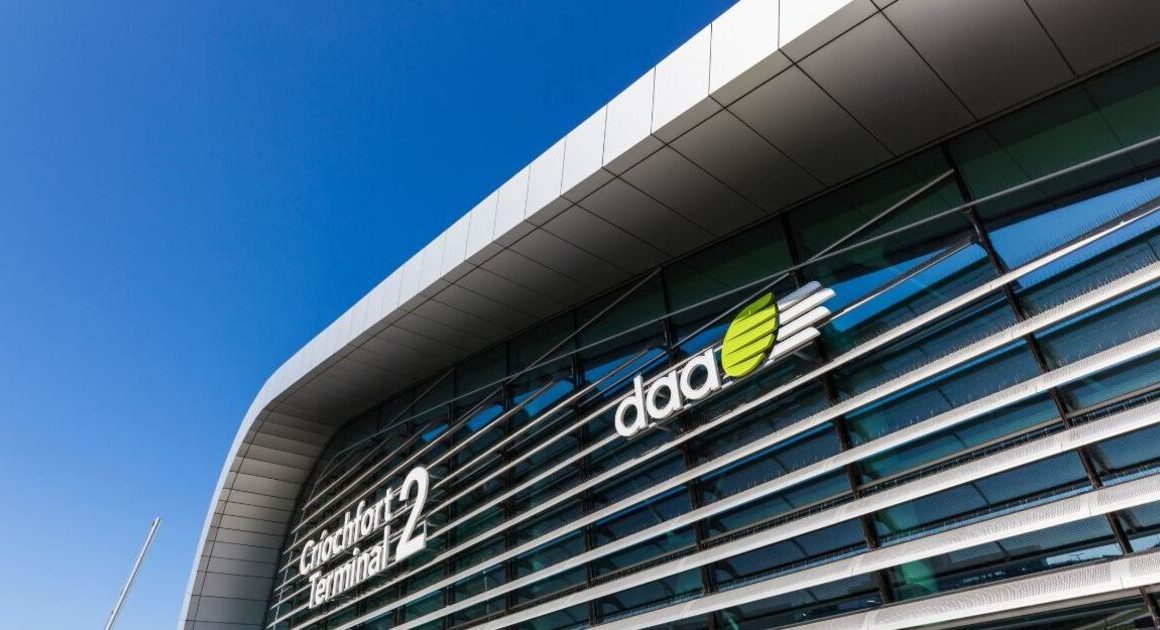Families of victims of an airliner crash in Brazil are gathering Sunday at a morgue and hotels in Sao Paulo as forensics experts work to identify the remains of the 62 people killed in the accident.
Local authorities said the bodies of the pilot, Danilo Santos Romano, and his co-pilot, Humberto de Campos Alencar e Silva, were the first to be identified.
Brazilian media said another four people were identified at the Sao Paulo morgue, which did not confirm the information.
The Sao Paulo state government said in a statement Sunday morning that the searches ended at 10:45 p.m. on Saturday, 33 hours after the crash, with the remains of all 34 males and 28 females among the victims recovered. It added that the wreckage remains at the site so investigators can continue their work.
The ATR 72 twin-engine turboprop operated by Brazilian airline Voepass was headed for Guarulhos international airport in Sao Paulo with 58 passengers and four crew members aboard when it went down Friday in Vinhedo, 78 kilometres north of the metropolis.
Voepass said three passengers who held Brazilian identification also carried Venezuelan documents and one had Portuguese.

Images recorded by witnesses showed the aircraft in a flat spin and plunging vertically before smashing to the ground inside a gated community, leaving an obliterated fuselage consumed by fire. Residents said there were no injuries on the ground.
It was the world’s deadliest airline crash since January 2023, when 72 people died on a Yeti Airlines plane in Nepal that stalled and crashed while making its landing approach. That plane also was an ATR 72, and the final report blamed pilot error.
Reports of icing at time of crash
Metsul, one of Brazil’s most respected meteorological companies, said Friday there were reports of severe icing in Sao Paulo state around the time of the crash. Local media cited experts pointing to icing as a potential cause for the accident.
Police restricted access to the main entrance of the Sao Paulo morgue where bodies from the crash were being identified. Some family members of the victims arrived on foot while others came in minivans. None spoke to journalists, and authorities requested that they not be filmed as they came.
A flight carrying more family members from Parana state landed Saturday afternoon at Guarulhos airport. A minivan sponsored by the airline was provided to transport them to the morgue.

The Sao Paulo state government said 26 families have already attended the morgue for identification efforts, with more expected on Sunday.
An American Eagle ATR 72-200 crashed on Oct. 31, 1994, and the U.S. National Transportation Safety Board determined the probable cause was ice buildup while the plane was circling in a holding pattern. The plane rolled at about 2,400 metres and dove into the ground, killing all 68 people on board.
The U.S. Federal Aviation Administration issued operating procedures for ATRs and similar planes telling pilots not to use the autopilot in icing conditions.
‘No way to reclaim control of the plane’
Brazilian aviation expert Lito Sousa cautioned that meteorological conditions alone might not be enough to explain why the Voepass plane fell in the manner it did Friday.
“Analyzing an air crash just with images can lead to wrong conclusions about the causes,” Sousa told The Associated Press by phone. “But we can see a plane with loss of support, no horizontal speed. In this flat spin condition, there’s no way to reclaim control of the plane.”
Brazil’s air force said Saturday that both of the plane’s flight recorders had been sent to its analysis laboratory in the capital, Brasilia. The results of its investigations are expected to be published within 30 days, it said.
Marcelo Moura, director of operations for Voepass, told reporters Friday night that while there were forecasts for ice, they were within acceptable levels for the aircraft.
In an earlier statement, the Brazilian air force’s centre for the investigation and prevention of air accidents said the plane’s pilots did not call for help or say they were operating under adverse weather conditions.
The ATR 72, which is built by a joint venture of Airbus in France and Italy’s Leonardo SpA. is generally used on shorter flights. Crashes involving various models of the ATR 72 have resulted in 470 deaths going back to the 1990s, according to a database of the Aviation Safety Network.











